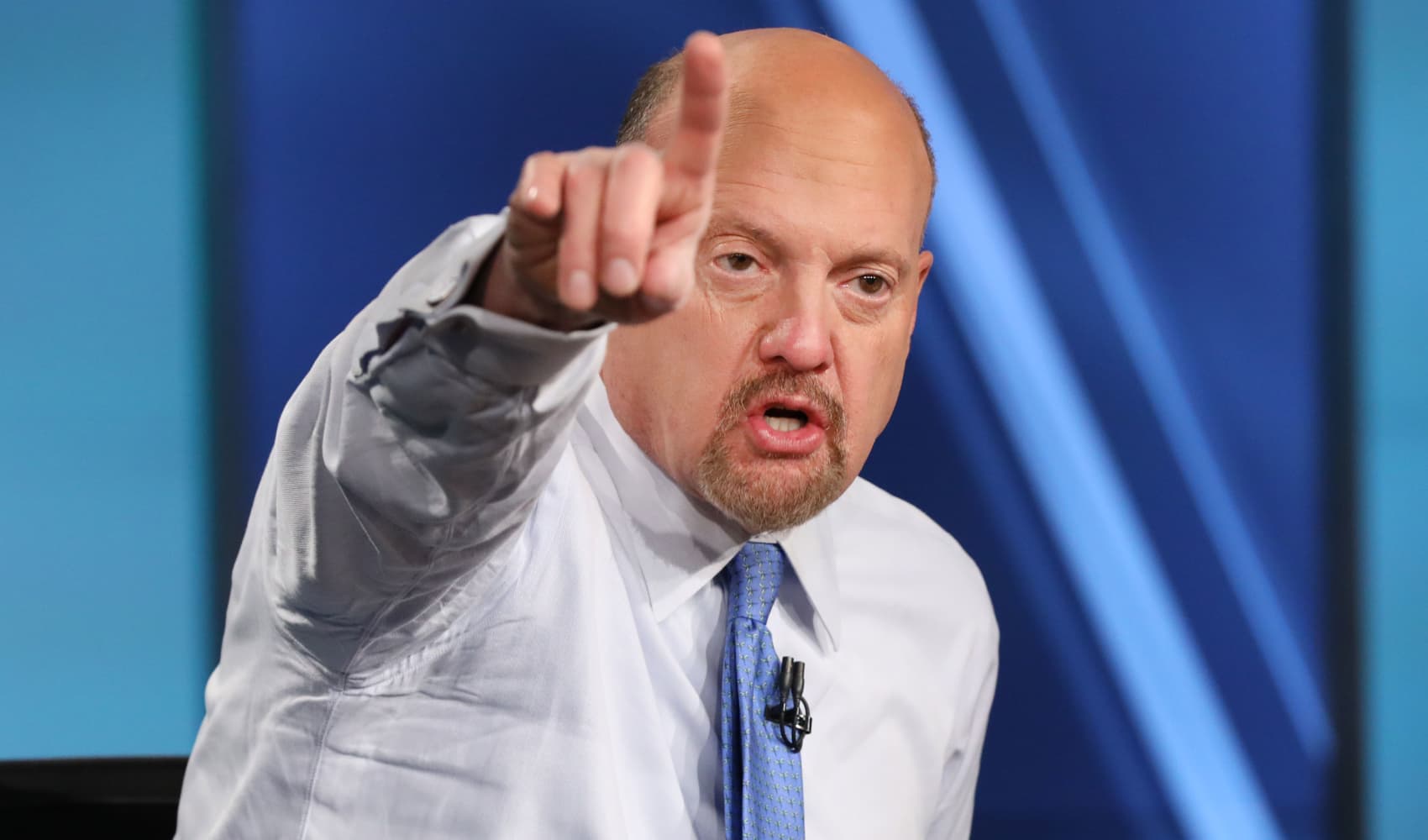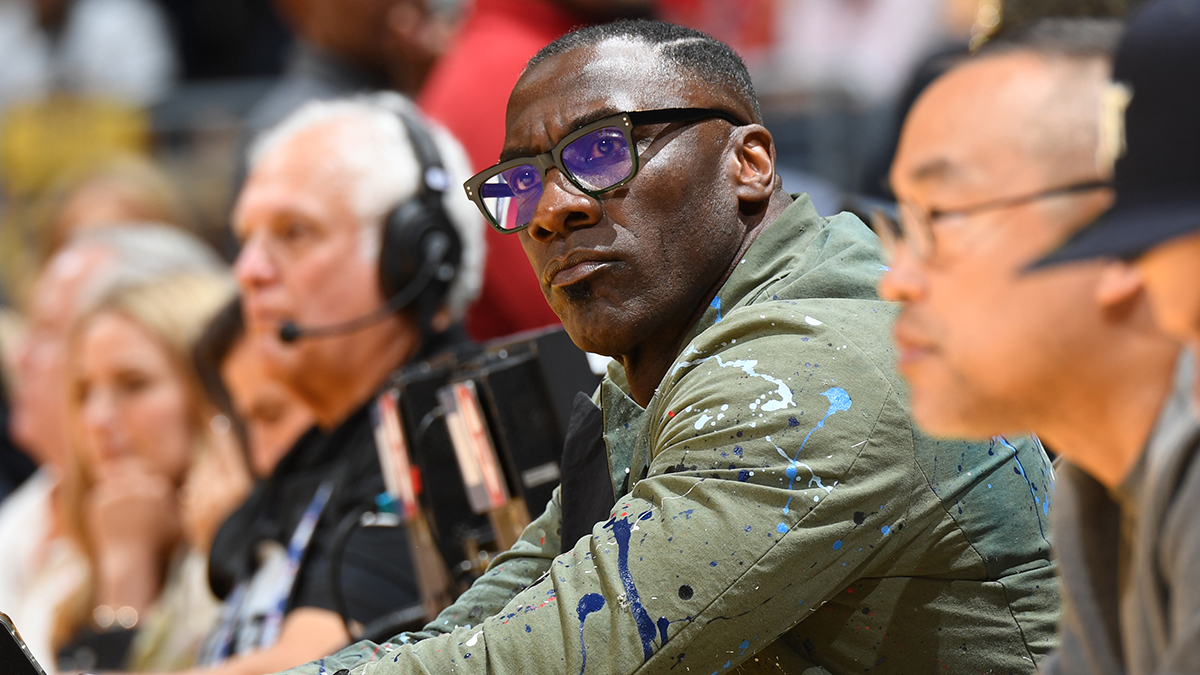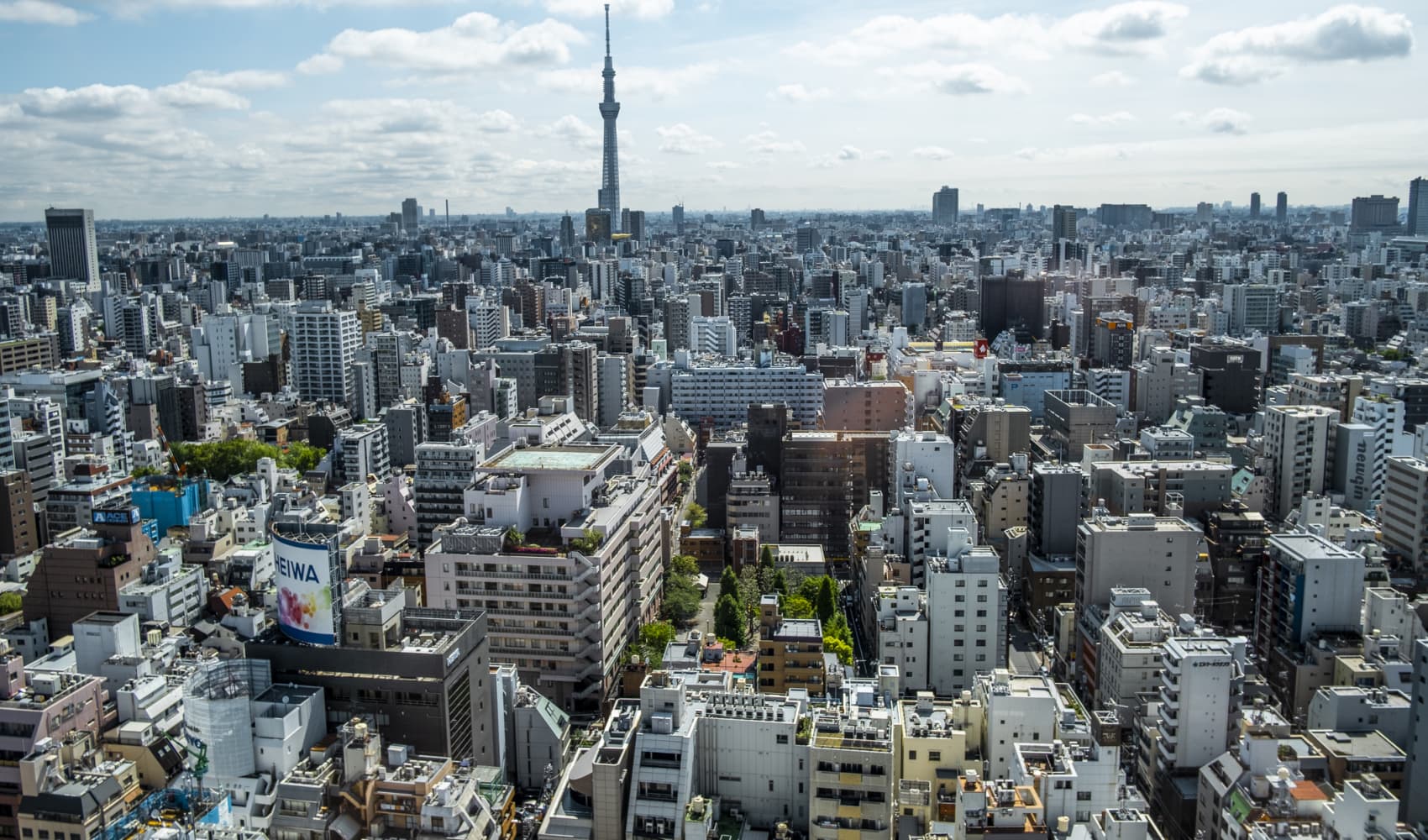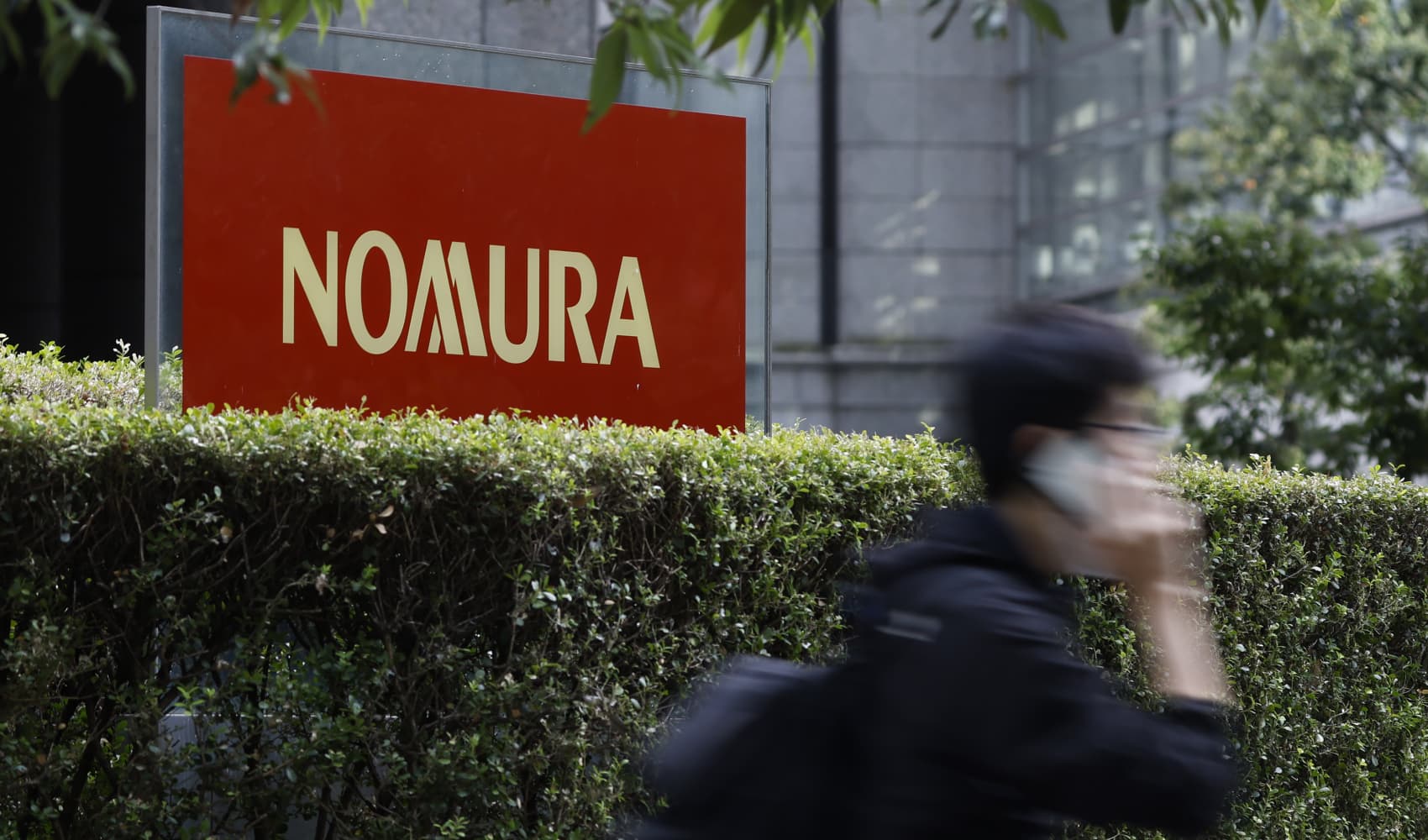Manufactured Downturn? Jim Cramer's Market Warning
Jim Cramer: Is This Market Downturn a 'Manufactured' Crisis?
Introduction: Decoding Cramer's Market Warning
The market's been acting a little… squirrelly lately, hasn't it? Red days seem to be outnumbering the green, and everyone's wondering if this is the start of something bigger. Enter Jim Cramer, the CNBC personality known for his energetic takes on the stock market. He recently suggested that this current market downturn isn't a reflection of company earnings but something "manufactured." But what does that even *mean*, and should we be worried? Let's dive into Cramer's perspective and see if we can decode this market mystery.
What Cramer Means by "Manufactured"
Cramer believes the recent market jitters stem from external factors, not necessarily from companies performing poorly. Think of it like this: your car might be running perfectly (like a company with solid earnings), but if a giant pothole appears in the road (an external economic factor), you're still going to have a bumpy ride. He's suggesting that these external forces are the primary drivers of the market’s current state.
The 2011 Eurozone Crisis Parallel
Cramer draws a parallel to the 2011 Eurozone crisis. Do you remember that? Greece, Italy, and other countries were grappling with massive debt, threatening the stability of the entire European Union. It wasn't necessarily that individual companies were doing terribly, but the overall economic environment was incredibly shaky. He sees a similar situation unfolding now.
Diving Deeper: What's Causing This "Manufactured" Crisis?
So, if it's not about company earnings, what *is* causing this "manufactured" crisis? This is where things get a bit more nuanced. Cramer likely points to several interconnected factors:
Interest Rate Hikes and Monetary Policy
The Federal Reserve's aggressive interest rate hikes to combat inflation can definitely be seen as a "manufactured" pressure point. Raising interest rates makes borrowing more expensive, which can slow down economic growth and, in turn, impact the stock market. It's a deliberate action designed to cool down the economy, but it can have unintended consequences.
Geopolitical Tensions: A Global Jenga Tower
Geopolitical instability, whether it's wars, trade disputes, or political uncertainty, can send shockwaves through the market. Think of the global economy as a Jenga tower. Pulling out one block (a political crisis) can destabilize the entire structure.
Inflationary Fears and the Consumer
While inflation is cooling, the fear of it remaining stubbornly high can also weigh on investor sentiment. If consumers start pulling back on spending because of higher prices, companies’ future earnings prospects dim, influencing their stock prices.
"Something Totally Man-Made": What Cramer Thinks Can Fix It
Cramer's optimism comes from his belief that these problems are "man-made" and, therefore, "un-made with the stroke of a pen." What does this mean?
Policy Changes: The Stroke of a Pen
This refers to potential policy changes by governments or central banks. For example, the Federal Reserve could decide to slow down or even pause interest rate hikes, offering some relief to the market. Or governments could implement policies to stimulate economic growth. Cramer's point is that these issues are within our control, at least to some extent.
Investor Sentiment: A Self-Fulfilling Prophecy?
Part of the "manufactured" aspect is investor sentiment itself. If everyone *believes* the market is going to go down, they're more likely to sell their stocks, creating a self-fulfilling prophecy. Overcoming this negativity is crucial.
"Market Tests Lower Levels": What to Expect
Even though Cramer believes this is a manufactured crisis that will eventually pass, he warns that the market will likely "test lower levels" before things improve. Prepare yourself, it could get worse before it gets better.
Volatility: Buckle Up!
Expect continued volatility. Volatility is a measure of how much the price of an asset fluctuates. During times of uncertainty, volatility tends to increase.
Potential Buying Opportunities
Market downturns, while scary, can also present buying opportunities for long-term investors. If you've been waiting for a chance to buy stocks at lower prices, this could be your opportunity.
Don't Panic! Key Takeaways for Investors
So, what should you, as an investor, do with this information?
Stay Calm and Rational
The most important thing is to avoid making rash decisions based on fear. Panic selling can lock in losses and prevent you from participating in the eventual recovery.
Review Your Portfolio
Make sure your portfolio is aligned with your risk tolerance and long-term financial goals. If you're uncomfortable with the current level of risk, consider rebalancing your portfolio.
Do Your Own Research
Don't blindly follow the advice of any one person, including Jim Cramer. Do your own research and make informed decisions based on your own analysis.
Is Cramer Always Right? A Word of Caution
It's important to remember that Jim Cramer, like any market commentator, isn't always right. His opinions are based on his own analysis and interpretation of the market. While he can offer valuable insights, it's essential to take his advice with a grain of salt.
Beyond Cramer: Other Expert Opinions
Don't just rely on Cramer's perspective. Consult with other financial experts and read a variety of opinions to get a well-rounded view of the market.
The Importance of Long-Term Investing
Market downturns are a normal part of the investing cycle. History shows that the stock market tends to go up over the long term. Focus on your long-term goals and don't let short-term market fluctuations derail your investment strategy.
Conclusion: Navigating the "Manufactured" Downturn
Jim Cramer's assertion that the current market downturn is "manufactured" highlights the impact of external economic forces rather than just company performance. While acknowledging potential further dips, he believes policy changes can correct the situation. The key takeaway for investors is to remain calm, assess their portfolios, conduct independent research, and recognize that market volatility is a natural part of the investment journey. Remember to look beyond Cramer's view and consider a multitude of experts to best understand and navigate the current market climate.
Frequently Asked Questions
Here are some frequently asked questions about market downturns and Cramer's perspective:
Q1: What exactly does "market downturn" mean?
A market downturn is a period when the stock market experiences a significant decline in value, typically defined as a drop of 10% or more. These declines can be caused by various factors, including economic recessions, geopolitical events, or investor sentiment.
Q2: How long do market downturns typically last?
The duration of a market downturn can vary widely, lasting from a few weeks to several months or even years. Historically, the average bear market (a decline of 20% or more) has lasted about 14 months.
Q3: Should I sell all my stocks during a market downturn?
Selling all your stocks during a downturn is generally not recommended. This can lock in losses and prevent you from participating in the eventual market recovery. Instead, consider maintaining a long-term investment strategy and rebalancing your portfolio if necessary.
Q4: What are some strategies for managing risk during a market downturn?
Some strategies for managing risk include diversifying your portfolio across different asset classes, investing in defensive stocks (companies that are less sensitive to economic cycles), and dollar-cost averaging (investing a fixed amount of money at regular intervals, regardless of market conditions).
Q5: How can I stay informed about the market without getting overwhelmed?
Stay informed by reading reputable financial news sources, following credible financial experts, and consulting with a financial advisor. Avoid relying on social media or sensationalized headlines, and focus on understanding the underlying factors driving market movements.








